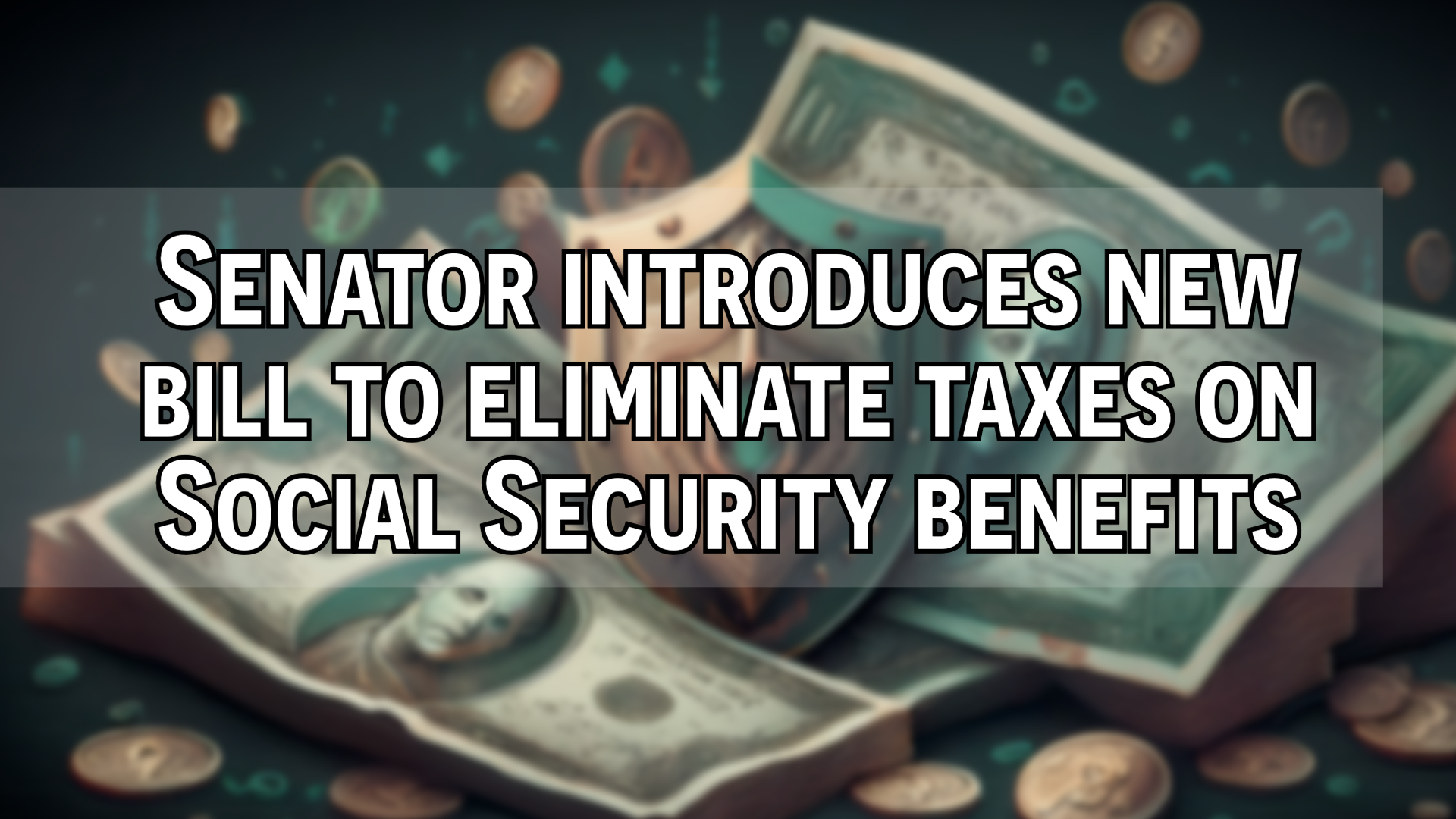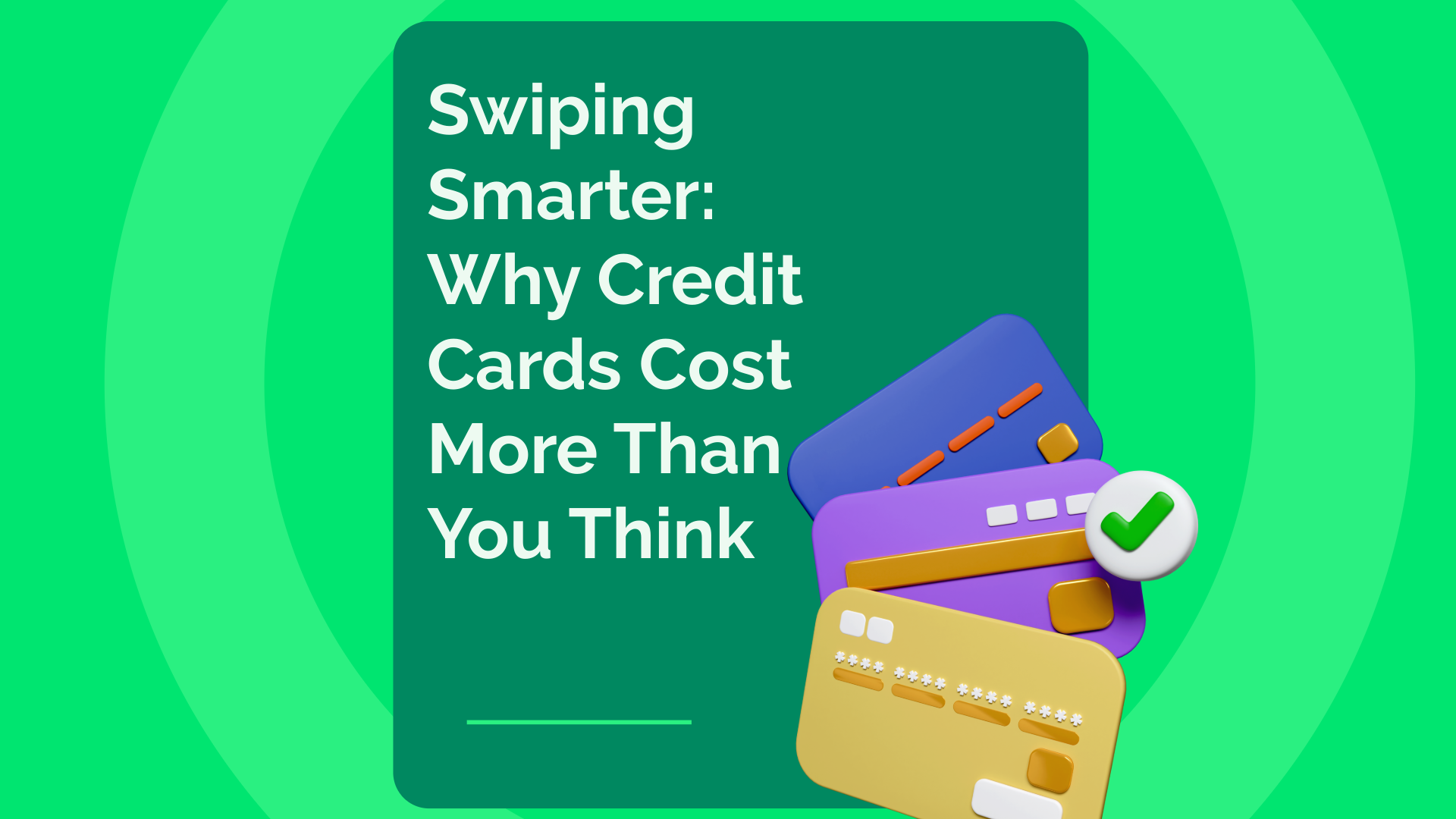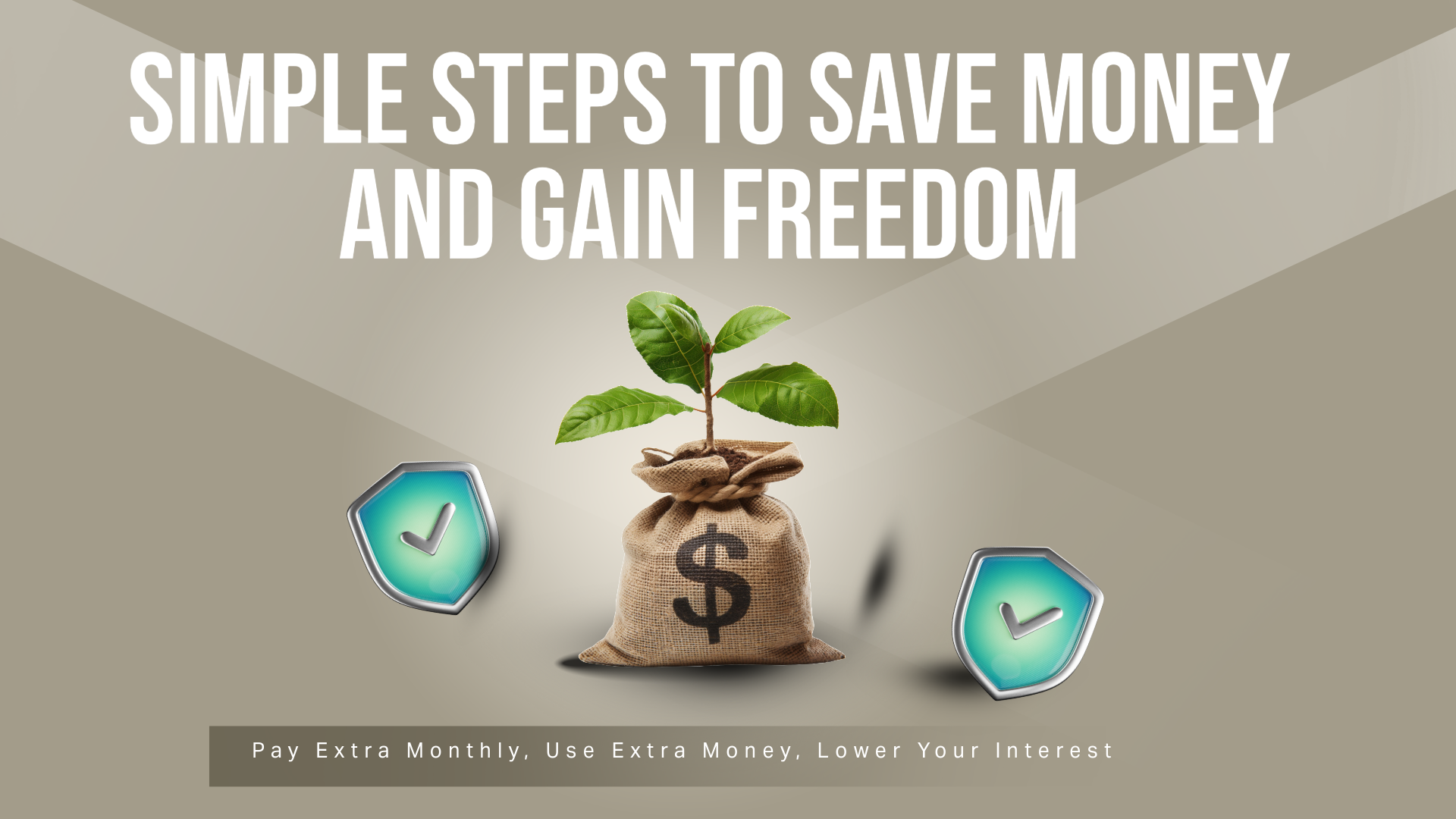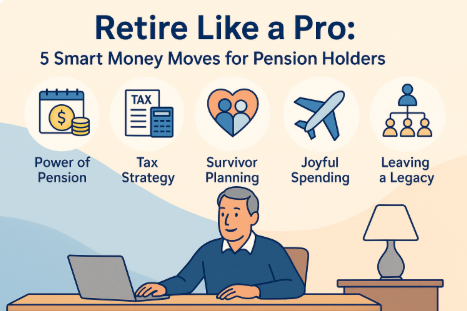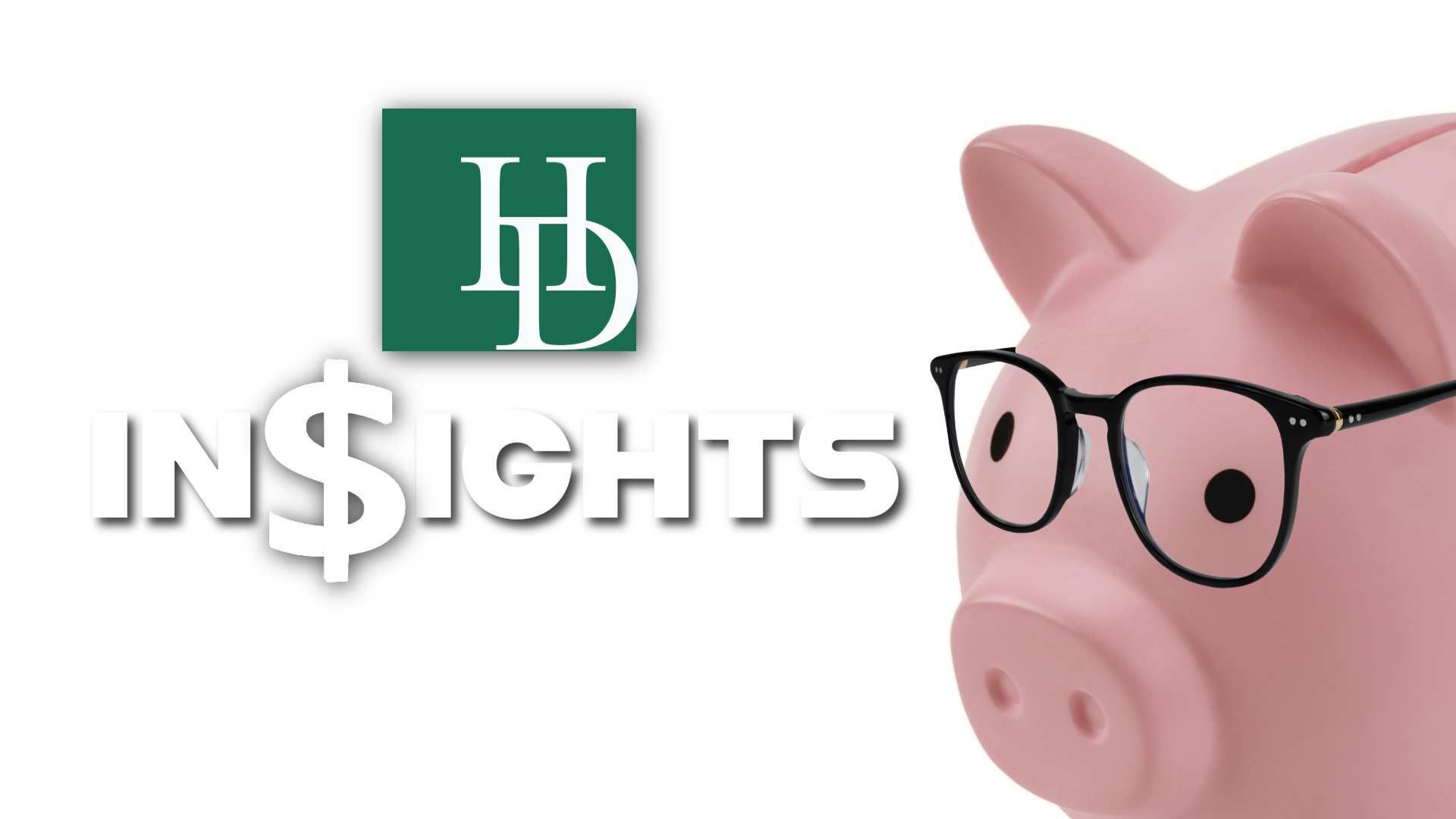
Feds Could Cut Interest rates

How People Could Gain When the Fed Lowers Interest Rates
The Federal Reserve may soon lower interest rates for the first time since 2024! This move could change how much it costs to borrow and save money. For many people and businesses, that could mean new opportunities.
The Fed is in charge of guiding the economy by raising or lowering short-term interest rates. When rates are cut, borrowing becomes cheaper. That can help families, companies, and even the government, but it also comes with trade-offs.
Homeowners and buyers are among the biggest winners. Lower rates can make monthly mortgage payments smaller, which makes homes easier to afford. Businesses can also benefit, since cheaper borrowing encourages them to grow, hire, and invest in new projects. People with loans or credit card balances may notice lower costs as well. Investors might see stocks climb, since money often moves out of low-earning savings accounts and into the stock market when rates drop. Even the government saves money when it pays less interest on national debt.
Still, there are downsides. Savings accounts and bonds may bring in less money when rates fall. Inflation could rise if spending picks up too quickly. And not everyone will benefit equally, since long-term loans taken out earlier may still carry high interest.
One teacher compared it to textbooks at school: if the price drops, more students can buy them. But if too many are printed, the cost could rise again later. That’s a simple way to think about what happens when the Fed cuts rates.
Rate cuts can open doors for borrowers and investors, but savers may feel left out. Keeping an eye on both the benefits and the risks is the best way to stay ready for what comes next.



